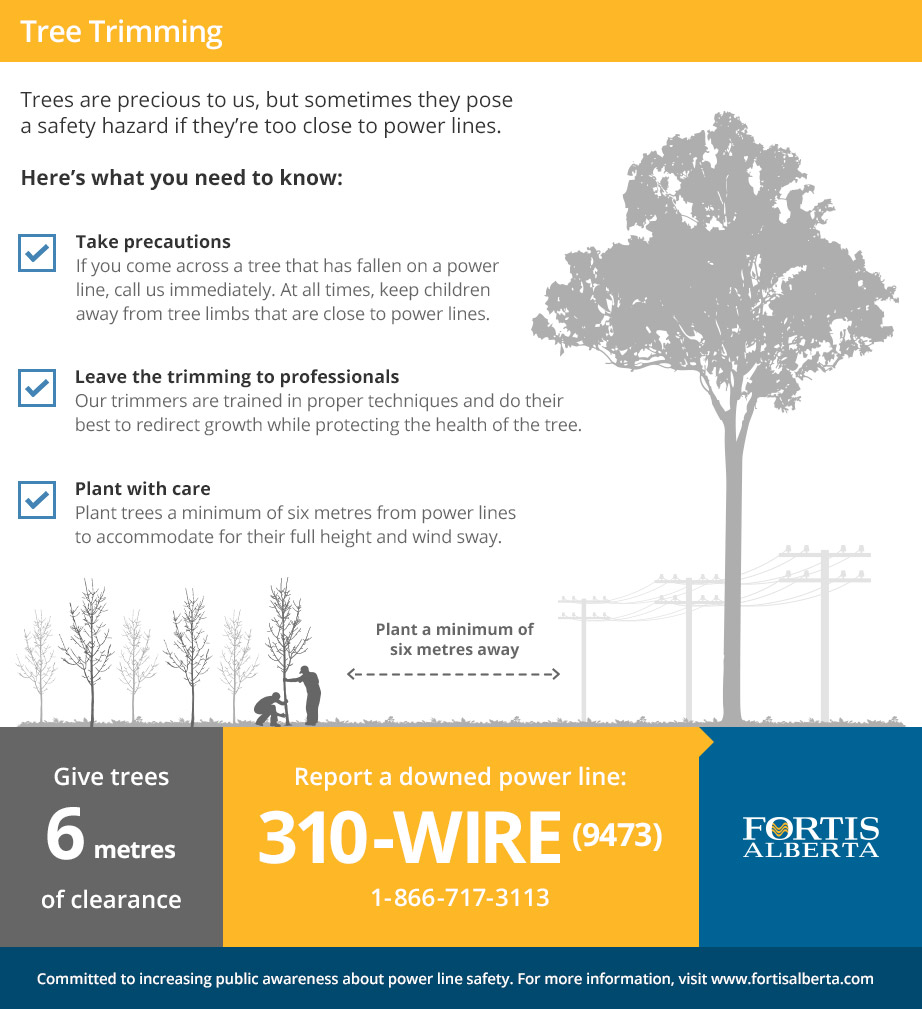Post-Tree Removal Care: How To Restore Your Landscape Successfully
Post-Tree Removal Care: How To Restore Your Landscape Successfully
Blog Article
Author-Tate Als
After a tree's elimination, your landscape might look rather various, and it's important to evaluate the after-effects meticulously. You'll want to assess the soil disturbance and check bordering plants for any kind of indications of anxiety. Disregarding these aspects can lead to bigger problems down the line. So, what should you do with those stumps and origins? And how do you pick the best plants for your rejuvenated room? Let's discover these essential steps.
Assessing the Results: Examining Your Landscape
After a tree elimination, it's essential to evaluate your landscape to comprehend the impact it has on your yard.
Begin by analyzing the location where the tree stood. Look for indicators of soil disturbance, and check the bordering plants for any kind of tension or damages.
You should also remember of just how the removal has transformed sunshine exposure and airflow in your garden. This change can influence the growth of close-by plants, so it's vital to assess their health.
Think about the visual aspects too; the removal may create an open space that you can redesign.
Finally, think about any possible erosion problems that could occur from the tree's absence. Resolving these factors early will aid recover balance to your landscape.
Dealing With Stumps and Origins: Alternatives for Removal
When you've assessed the after-effects of the tree removal, you'll likely need to take on the stump and roots left.
click the up coming webpage have a few options for removal. One efficient method is stump grinding, where a professional makes use of a device to grind the stump to underground degree. This technique leaves very little disruption to your landscape.
If you prefer a do it yourself method, you can use a mix of excavating and chemical stump eliminators. Simply keep in mind, this procedure can take some time and initiative.
Additionally, consider leaving the stump as a natural feature, which can act as an unique garden element or habitat for wild animals.
Whatever you select, dealing with the stump and origins is vital for recovering your landscape.
Selecting the Right Plants for Your New Area
As you evaluate your newly gotten rid of space, picking the right plants can considerably improve your landscape's appeal and performance.
Start by thinking about the sunshine and dirt conditions. For sunny locations, opt for drought-resistant plants like lavender or succulents. In shaded places, ferns and hostas grow well.
Consider the dimension and growth behaviors of your plants; mix perennials and annuals for seasonal selection. Don't fail to remember to integrate indigenous species; they require less upkeep and assistance regional wildlife.
Group plants in weird numbers for a much more all-natural appearance and create layers for visual deepness.
Finally, ensure you have a mix of shades and textures to keep your landscape vivid throughout the seasons.
Happy growing!
Conclusion
To conclude, recovering your landscape after tree elimination is a satisfying procedure. By examining a fantastic read -effects, attending to stumps and roots, and picking the right plants, you'll create a thriving environment. Don't forget to integrate erosion control actions to protect your dirt. With a little effort and treatment, you can change your area into a lively yard that improves your residential property. Embrace the chance to revitalize your landscape and delight in the charm of nature right in your yard!
